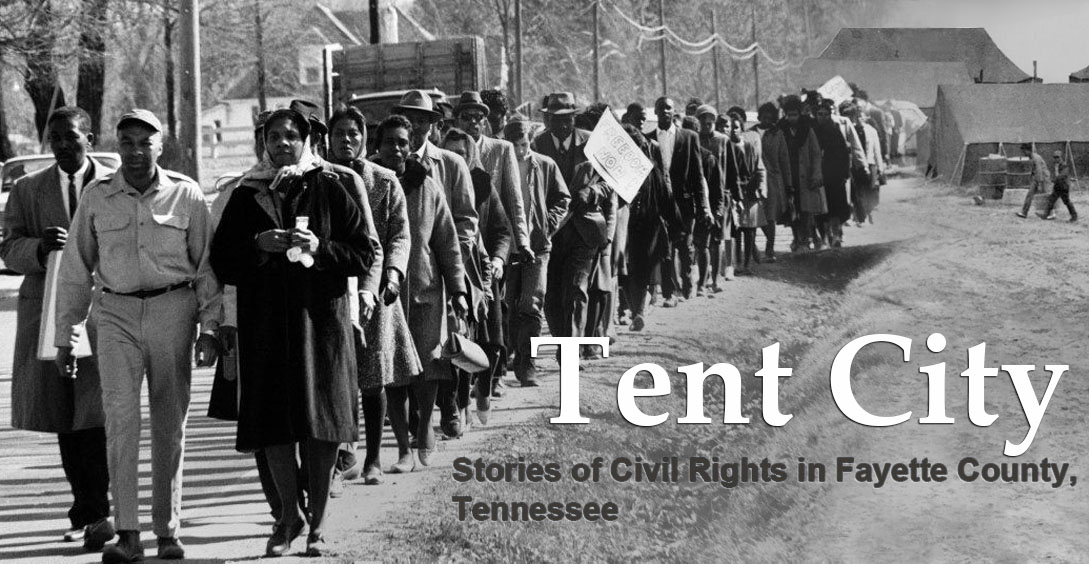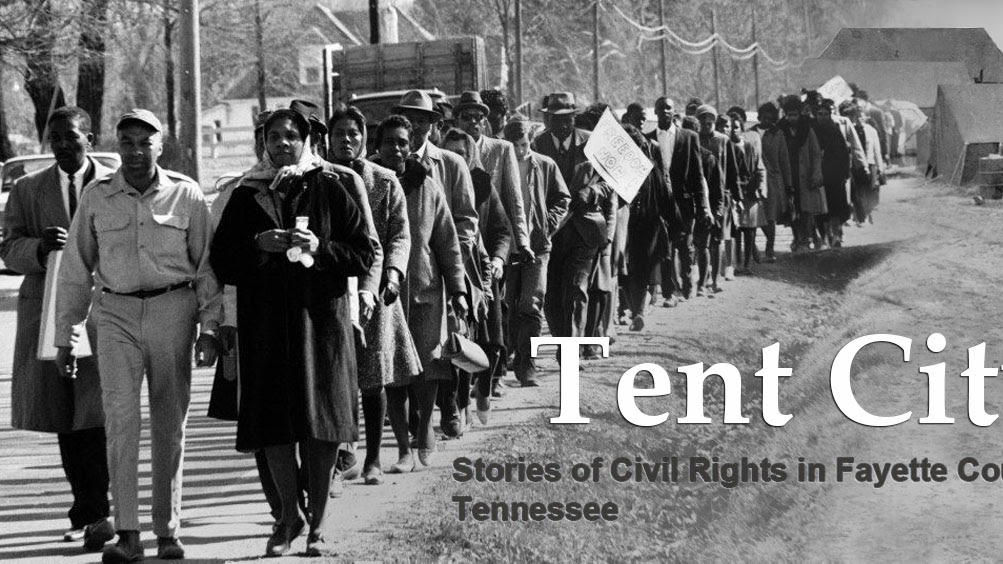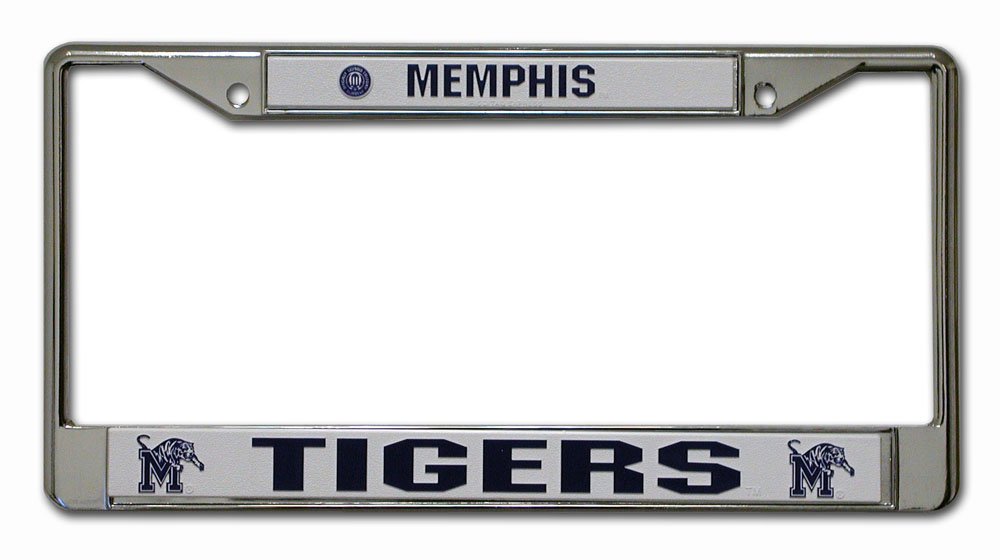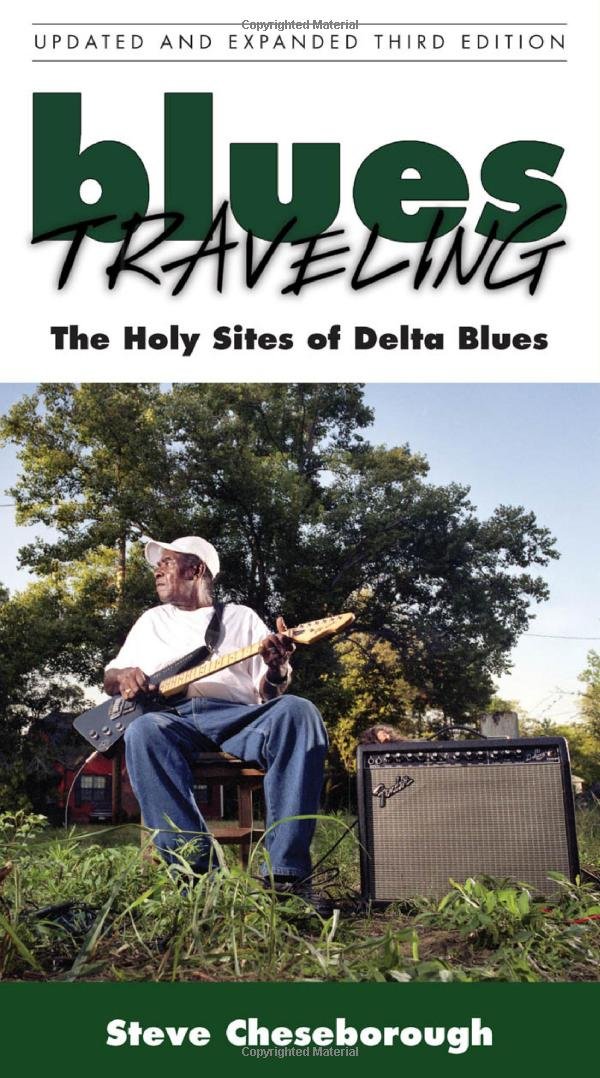The University of Memphis, also called the U of M, is an American public research university located in the Normal Station neighborhood of Memphis, Tennessee. Founded in 1912, the university has an enrollment of more than 21,000 students. With 25 Chairs of Excellence and five state-approved Centers of Excellence, the school is the flagship institution of the Tennessee Board of Regents system.
The University maintains the Center for Earthquake Research and Information (CERI), the Cecil C. Humphreys School of Law, the former Lambuth University campus (now a branch campus of the university), the Loewenberg School of Nursing, the School of Public Health, the College of Communication and Fine Arts, the FedEx Institute of Technology, the Advanced Distributed Learning Workforce Co-Lab, and the Institute of Egyptian Art and Archaeology.

Institution
A faculty of approximately 930 professors serves about 17,000 undergraduate and 4,000 graduate students.
The Daily Helmsman, the independent daily newspaper on the campus, in operation since 1925, remains a prominent student organization. In addition, many other student organizations and academic departments, such as the University of Memphis Institute for Egyptian Art and Archaeology, the Cecil C. Humphreys School of Law Moot Court Board, the University of Memphis Advertising Federation and the University of Memphis chapter of the Public Relations Student Society of America, play an active and involved role in the community, both nationally and internationally.
The University of Memphis attracts most of its undergraduate students from Memphis and West Tennessee, though many current undergraduate and graduate students have come from public and private schools across the southeastern United States as well as from all the other states and about 100 other nations.
Over its history, the University of Memphis has graduated many famous alumni, including U.S. Congressman Steve Cohen, actor and former U.S. senator Fred D. Thompson, historian of the American South Joe Gray Taylor, Derrick Rose and Anfernee Hardaway, NBA and former University of Memphis basketball players, and DeAngelo Williams, former All-American college football running back.
Among its most famous faculty members are Dr. Lorelei Corcoran, Professor of Egyptology; Dr. Peter J. Brand, Professor of Egyptology; Béla Bollobás, Jabie Hardin Chair Professor of Mathematics; and Dr. Donald R. Franceschetti, Professor of Physics.
The Division of Professional and Continuing Education at the University of Memphis provides non-credit instruction to people from all walks of life. Originally established in the 1970s, the non-credit programs include face-to-face short courses, customized training for businesses, and online courses.
City University Memphis Video
Organization
The University of Memphis is governed by the Tennessee Board of Regents (TBR) system, consisting of 18 Board Members. The Board sets Policies and Guidelines that govern all TBR institutions. The Standing Committees of the Board, and some Ad Hoc Committees, meet prior to each Board meeting and include faculty and student representatives. Within this framework, the President of the University of Memphis is the day-to-day administrator of the university.
The University of Memphis today comprises a number of different colleges and schools:
- College of Arts and Sciences
- Fogelman College of Business and Economics
- College of Communication and Fine Arts
- College of Education
- Herff College of Engineering
- University College
- Loewenberg School of Nursing
- Kemmons Wilson School of Hospitality and Resort Management
- School of Audiology and Speech-Language Pathology
- Cecil C. Humphreys School of Law
- Graduate School
- School of Public Health
- Rudi E. Scheidt School of Music
The University of Memphis is host to several centers of advanced research:
- FedEx Institute of Technology
- Center for Earthquake Research and Information
- Institute for Intelligent Systems
- Advanced Distributed Learning Workforce Co-Lab
The University of Memphis Foundation, founded in 1964, manages the university endowment and accepts, manages and disburses private support to the University.

History
In 1909, the Tennessee Legislature enacted the General Education Bill. This bill stated that three colleges be established, one within each grand division of the state and one additional school for African-American students. After much bidding and campaigning, the state had to choose between two sites to build the new college for West Tennessee: Jackson and Memphis. Memphis was chosen, one of the main reasons being the proximity of the rail line to the site proposed to build the new college for West Tennessee. This would allow professors and students to go home and visit their relatives. The other three schools established through the General Education Act are modern-day East Tennessee State University (ETSU), Middle Tennessee State University (MTSU), and Tennessee State University (TSU).
Prior to the establishment of the West Tennessee Normal School pursuant to the General Education Bill, a number of higher education departments existed in Memphis under the banner of the University of Memphis. This earlier University of Memphis was formed in 1909 by adding to an already existing medical school departments of pharmacy, dentistry, and law.
On September 10, 1912, West Tennessee Normal School opened in Memphis; its first president was Seymour A. Mynders. By 1913 all departments of the earlier University of Memphis, except the law school, had been taken over by the State University. After Mynders' death in 1913, John Willard Brister was chosen to take his place. After Brister's resignation in 1918, Andrew A. Kincannon became president. In 1924, Brister returned to his post as president of the school.
The name changed in 1925 to West Tennessee State Teachers College. In 1931, the campus' first newspaper, The Tiger Rag, was established. In 1939, Richard C. Jones became president of WTSTC. In 1941, the school was changed to Memphis State College, when the college expanded its liberal arts curriculum. In 1943, Dr. Jennings B. Sanders succeeded Jones as president. Three years later, the first alumnus to become president, J. Millard (Jack) Smith, was appointed. In 1951 MSC awarded its first B.A. degrees. In 1957 the school received full University status and changed its name accordingly to Memphis State University.
In 1959, five years after Brown v. Board of Education the University admitted its first black students. Because racial segregation was the norm throughout the South at the time the Memphis State Eight, as they were known, were admitted to Memphis State University, their presence on campus was the focus not only of intense media scrutiny, but severe criticism from much of the local public. Ostensibly for the black students' safety and to maintain an air of calm on the campus, University administrators placed certain restrictions on where and when the black students could be on campus. They were to go only to their classes, not to any of the public places on campus, such as the cafeteria; and they were to leave the campus immediately after they had finished their last class. These limitations were lifted after the novelty of their presence on campus had subsided and the public's focus on their presence there had lessened, and as more and more black students were admitted to the University. Today, black students make up more than one-third of the campus student body and they participate fully in all campus activities.
Cecil C. Humphreys became president of MSU, succeeding Smith, in 1960. In 1966, the school began awarding doctoral degrees. Humphreys resigned as MSU president to become the first chancellor of the newly formed State University and Community College System, later renamed the Tennessee Board of Regents. John Richardson was appointed interim president.
In 1973, Dr. Billy Mac Jones became president. Also that year, the Memphis State Tiger men's basketball team reached the finals of the NCAA tournament, only to fall at the hands of a UCLA team led by future NBA star Bill Walton in the championship game in St. Louis, Missouri. In 1980, Thomas Carpenter became president of MSU; he was succeeded by V. Lane Rawlins in 1991. On July 1, 1994, Memphis State University changed its name again, to the University of Memphis.
Rawlins served for slightly over a decade; Dr. Ralph Faudree filled in as interim president for one year after Rawlins' retirement. In 2002, U of M installed its first female president, Shirley C. Raines, 62, who retired in the summer of 2013. After a yearlong search Dr. M. David Rudd was confirmed as the 12th president of the University on May 1, 2014.

Campus
The University of Memphis campus is located approximately 5 miles (8.0 km) east of downtown in the University District neighborhood of east Memphis. It has an area of 1,160 acres (4.7 km2), although this figure does not include the law school in the former United States federal customshouse in downtown Memphis, which opened in January 2010. The historical core of campus encompasses approximately 30 acres (120,000 m2).
Campus planners have significantly increased the amount of green space and the number of walkways over the past several years, while maintaining a focus on the original historic architecture of the campus.
Surrounding the University's main campus are several historic neighborhoods to the north and east, as well as the University District neighborhood and the commercial Highland Strip to the west. Many University of Memphis college students also reside in housing south of the main campus.
Layout
The University of Memphis campus is set out in a rectilinear format, planned as a geometric design similar to the Jeffersonian style of the University of Virginia.
Despite gradual expansion of the campus to the west and south, the campus is fairly compact and retains a park-like, tree-lined setting. The farthest distance on campus takes about 25 minutes to walk. According to the most recent master plan, the University is projected to expand and redevelop additional areas one block west of the main campus' current western boundary of Patterson St., making Highland Avenue the "de facto" entrance to the University.
Main campus
The center of the main campus comprises buildings that made up the original campus. The first college buildings, including Scates Hall, Manning Hall, and the Administration Building, were erected in the early 20th century. This section stretches from Deloach Avenue south to the end of the main campus at Walker Avenue, with most buildings surrounding the Alumni Mall and Student Plaza. The majority of the buildings of the arts and humanities departments, as well as those of the Physics and Astronomy departments of the College of Arts and Science, are located in the original areas of campus.
Flanking the original area of campus to the east are the areas of major research for the life sciences and Engineering departments, including J.R. Smith Hall, the Life Sciences building and the Herff College of Engineering complex, as well as the Education department, residing in E.C. Ball Hall. The Ned R. McWherter Library, a state-of-the art library facility and one of the premier research libraries of the Mid-South United States, takes up the eastern part of the campus adjacent to Dunavant Plaza and Emeriti Grove.
The northwestern area of the main campus includes the Fogelman College of Business and Economics, the Fogelman Executive Center (a major conference center for regional executives visiting the University), and the FedEx Institute of Technology, a major research contributor in the areas of Supply Chain Management, nanotechnology, robotics and intelligent systems. Originally, in the north end of the campus, Norriswood Avenue was the northern boundary and was an actual street that ran through the campus. The campus expanded into this area in the late 1960s & early 1970s.
The western edge and southwest corner include Johnson Hall (comprising the Geography and Geology departments), Patterson Hall (housing the English department), Wilder Tower, Greek Row, and the bulk of the University of Memphis residence halls. As the University presses ahead with its planned expansion, many more facilities, pedestrian access, and green space will also be created with the renovation and development of the currently residential block east of Patterson Street in the University District neighborhood.
On January 29, 2013, Governor Bill Haslam announced a $44.6 million state budget pledge for the Community Health Building, which will be the new home of the Loewenberg School of Nursing and the College of Communication Sciences and Disorders. The University of Memphis was required to raise $15 million from private funds to match the state funds.
Park Avenue Campus
Directly south of the main campus along the corner of Park Avenue and Getwell Road sits the Park Avenue Campus. The Park Avenue Campus is home not only to various intramural athletics programs and facilities, but also to various research facilities, classrooms and the Speech and Audiology Pathology Center. The Defense Contract Audit Agency also operates its main training facility on the Park Avenue Campus.
Future plans include a regulation indoor soccer stadium and track facility, capable of hosting large-scale NCAA Division I track-and-field meets.
The graduate and family housing units are located at Park Avenue, 1 mile (1.6 km) from the main university campus. The complex has 150 housing units. Residents are zoned to Memphis City Schools. The zoned schools are Sherwood Elementary School, Colonial Middle School, and White Station High School.
Downtown Law School Campus
In 2010, the University of Memphis, School of Law law school was moved permanently from the main campus to a newly renovated downtown campus. The new law school campus sits adjacent to downtown courts, and the financial and administrative center of the city.
Lambuth Campus
In 2011, the University of Memphis began offering undergraduate and graduate programs on the former Lambuth University campus in Jackson, Tennessee, located approximately 80 miles (130 km) east of Memphis. Now known as the University of Memphis Lambuth Campus, the historic campus includes classroom buildings, dormitories, library, planetarium, and athletic facilities. The University plans to expand program offerings at the Lambuth Campus over the next several years and hopes to eventually have 1,000 students enrolled there.
Environmentalism
The Edward J. Meeman Biological Station of the University of Memphis conducts research in ecology, environmental biology, and natural history. It is named for Edward J. Meeman, an editor of the former Memphis Press-Scimitar newspaper who later established a foundation to fund environmental studies.
In 2007, President Shirley Raines signed the American College and University President's Climate Commitment (ACUPCC), which requires that the university become carbon neutral.
The Green Campus Initiative works to develop and implement a strategic plan to achieve the goals of the APUPCC. Successful events and projects include the May 2009 2nd Annual E-Recycling Day, resulting in 155 tons of electronic items collected, and the Tiger Initiative for Gardening in Urban Settings (TIGUrS), a fruit and vegetable gardening initiative across campus.
In April 2008, the student-run Environmental Action Club ran a Green Power Campaign to promote a student referendum to add a "Green Fee" to tuition payments to fund clean, renewable energy and other campus sustainability projects. The referendum passed with a 69% student approval rate. The university is now purchasing renewable energy through the TVA's Green Power Switch program and offsetting 10% of current energy use. It is now the 2nd largest green power purchaser in the entire TVA distribution region.
In February 2009, the TERRA (Technologically and Environmentally Responsive Residential Architecture) sustainable design demonstration house was completed. The TERRA house will serve as a studio for which architecture and design students to design "green" housing within urban areas, as well as serve as a demonstration house open for tours and serving as an educational tool for the community.
Memphis received a grade of "C" on the 2009 Campus Sustainability Report Card published by the Sustainable Endowments Institute. Only 34 schools earned a higher grade.

Athletics
Activities
Clubs and organizations
The Daily Helmsman
The Daily Helmsman is the student newspaper of the University of Memphis. The editorially independent student newspaper of the University publishes 55,000 copies a day, four days a week, and employs a paid staff of more than 30 which includes an editorial team of six, more than 20 staff writers, photographers, copy editors, and other staff members during the Fall and Spring semesters. The paper publishes at decreased intervals during the summer semester (May through August) and has significantly fewer staff writers during the summer.
The publication is part of a tradition which began in 1931 as The Tiger Rag, a protest newspaper. Since that time, the newspaper has been continuously published by University of Memphis students. Even during World War II when paper and other resources were scarce, the newspaper published as a newsletter posted on bulletin boards around campus.
The name of the newspaper was changed to The Helmsman in 1972, and became The Daily Helmsman in 1981, when the newspaper began publishing four days a week.
The Helmsman has won many honors over the years for reporting, photography and design, including awards given by the William Randolph Hearst Foundation, Columbia University and the Southeastern Journalism Conference. Helmsman alumni have gone on to jobs at many prestigious news organizations, such as The New York Times, Rolling Stone magazine, and Southern Living magazine, among others. In 2012, The Helmsman and then-Editor-in-Chief Chelsea Boozer were awarded the College Press Freedom Award for their efforts fighting "a retaliatory budget cut while enduring a campaign of harassment by campus police." The award is given annually by the Student Press Law Center and the Associated Collegiate Press. Boozer also won a national Investigative Reporters and Editors award for coverage of how student activity fees are spent, including how the Student Government Association writes its senior officers free tuition, parking and stipends out of the money collected from the student body.
Religious organizations
Numerous religious centers are located on the campus, including the Wesley Foundation (a United Methodist student center), the Baptist Student Center, the University Catholic Center and Catholic Student Center, Barth House Episcopal Student Center, Reformed University Fellowship, the Soma Christian Student Center (a Church of Christ-supported center), and Memphis Hillel. Numerous other religious clubs of various faiths also exist on campus, which meet in various locations.
Honor societies
- Golden Key International Honour Society
- Omicron Delta Kappa
- Phi Kappa Phi
- Phi Sigma Pi
- Pi Tau Sigma
- Tau Beta Pi
Greek life
Fraternities
Sororities

Traditions
The University of Memphis has accumulated numerous traditions over its long history as the flagship public research university within the Tennessee Board of Regents system.
Mighty Sound of the South
The Mighty Sound of the South Band is the University's band. The band performs at Memphis Tigers football games as a marching band and at Tigers basketball games as a pep band. As one of the oldest institutions at the University, the Band partakes in many of the game day traditions. The MSS performs more than any other student ensemble on campus, and for approximately 350,000 fans each fall. The MSS is featured at nearly every campus-wide event, ranging from Freshman Convocation to the Homecoming Parade and Pep Rally. The band has been featured on the nationally syndicated "Mike & Mandy" Radio Show, and is a star attraction at the Bandmaster's Championship, a high school marching band contest administered by The University of Memphis Band Alumni Chapter. Members of the MSS represent all academic disciplines across campus, and historically has been open to all students via audition.
Mascot
For over 30 years, the sideline mascot for The University of Memphis has been a live Bengal tiger named TOM. During this time, the University has hosted three successive tigers, known respectively as TOM I, TOM II, and TOM III. The university also has a costumed tiger mascot known as Pouncer.
TOM III, the current Tiger mascot, attends all Tiger football home games and other University events. TOM III travels in a climate-controlled trailer with a police escort. TOM III is housed and cared for by the Highland Hundred Tiger Guard, an alumni booster organization in a $300,000 facility. TOM II matured, eventually weighing more than 500 pounds (230 kg). The University of Memphis is one of only two universities in America with a live tiger mascot (the other being LSU in Baton Rouge). After being diagnosed with mouth cancer, TOM II was euthanized on October 15, 2008, at the age of 17. The team of veterinarians who oversaw TOM II decided this was necessary to ensure he did not suffer due to his illness.
The Highland Hundred football booster group found a replacement for the mascot in the tiger cub TOM III.
The University currently has fifty tiger statues located on campus and another fifty located around the Memphis area. The Alumni Association placed the life-sized tigers around the city in honor of the University's Centennial in January 2012.
Nickname
When the University of Memphis first fielded a football team in the fall of 1912, no one had selected a nickname for the squad. Early references to the football team tabbed them only as the Blue and Gray Warriors.
After the final game of the 1914 season, there was a student parade. During this event, several University students shouted, "We fight like Tigers!" The nickname was born. As time passed, the nickname "Tigers" was increasingly used, particularly in campus publications, but did not catch on with the newspapers downtown. They continued to use "the Blue and Gray" when referring to the University.
Under Coach Lester Barnard in 1922, Memphis's football team gave a ring of truth to that old student yell about Tigers. The team adopted a motto - "Every Man a Tiger" - and went on to score 174 points while allowing its opponents just 29 points. The Tiger nickname continued on with students and alumni, eventually being adopted as the official nickname for the University of Memphis in 1939.
Song
Notable among a number of songs commonly played and sung at various events such as commencement and convocation, and athletic games is "Go! Tigers! Go!", the University of Memphis Tigers' fight song. The fight song was written by Tom Ferguson, former Director of Bands at Memphis State University during the 1960s.

Special programs
Tennessee Governor's School for International Studies
The Governor's School for International Studies, abbreviated GSIS, is an academic summer program for gifted junior and senior high school students in Tennessee. It is a selective program located at the University of Memphis in which students study two Political Science, a foreign language, and an elective of their choice from the International Studies curriculum. The students, upon finishing the four week term, gain six hours of college credit which may be transferred to any Tennessee Board of Regents School.
Chucalissa Indian Village
U of M also operates the Chucalissa Indian Village, an American Indian heritage site and museum. Officially known as the T. O. Fuller State Park, the location includes a museum and important archeological sites.

Notable people
List of presidents
Notable alumni
Are You Looking for Products
Here some products related to "University Of Memphis".
Amazon.com : NCAA Memphis..
Blues Traveling: The Holy..
The Immortal Life of Henr..
Richard J. Bloomer: Books..
Get these at Amazon.com* amzn.to is official short URL for Amazon.com, provided by Bitly
Source of the article : here






EmoticonEmoticon